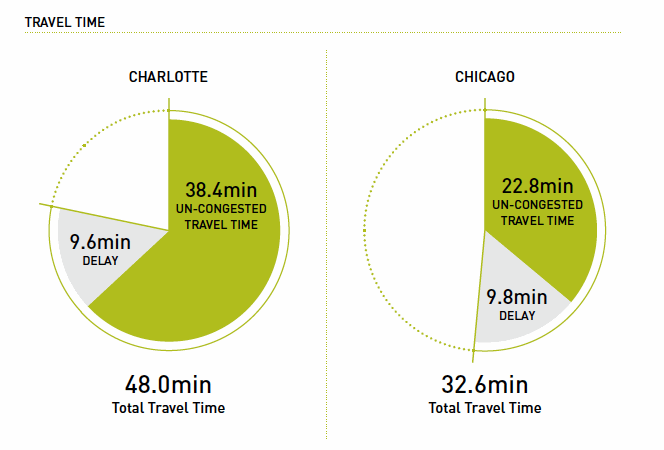
CEOs for Cities
The secret to reducing the amount of time Americans spend in peak hour traffic has more to do with how we build our cities than how we build our roads. While peak hour travel is a perennial headache for many Americans — peak hour travel times average 200 hours a year in large metropolitan areas — some cities have managed to achieve shorter travel times and actually reduce the peak hour travel times. The key is that some metropolitan areas have land use patterns and transportation systems that enable their residents to take shorter trips and minimize the burden of peak hour travel.
View this complete post...
Tags: CEOs for Cities, Impresa, Joe Cortright, Rockefeller Foundation, Synthesis, Texas Transportation Institute, UMR, Urban Mobility Report
Posted in
Congestion, Highway, Infra Views, National, Policy, Roads, Transit, Urban Planning
Comments Off on DRIVEN APART: How Sprawl Is Lengthening Our Commutes and Why Misleading Mobility Measures Are Making Things Worse
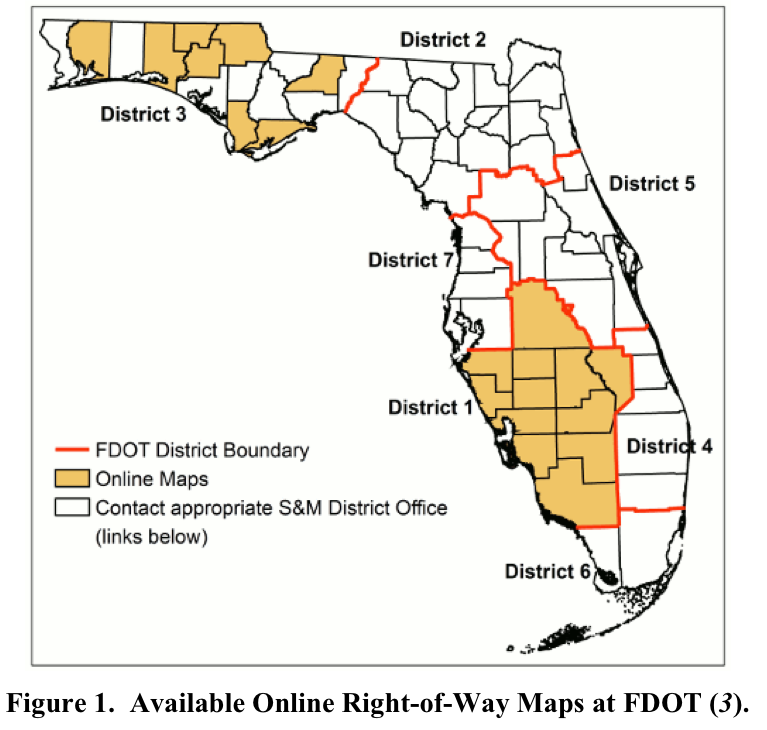












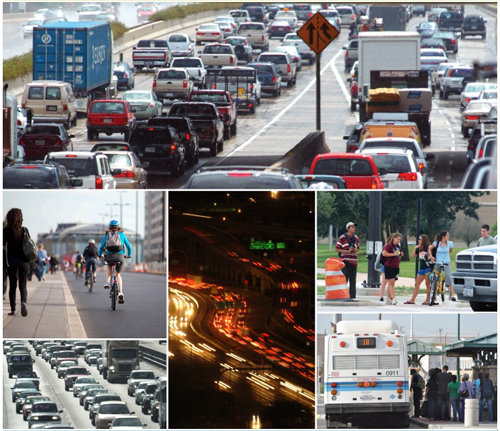
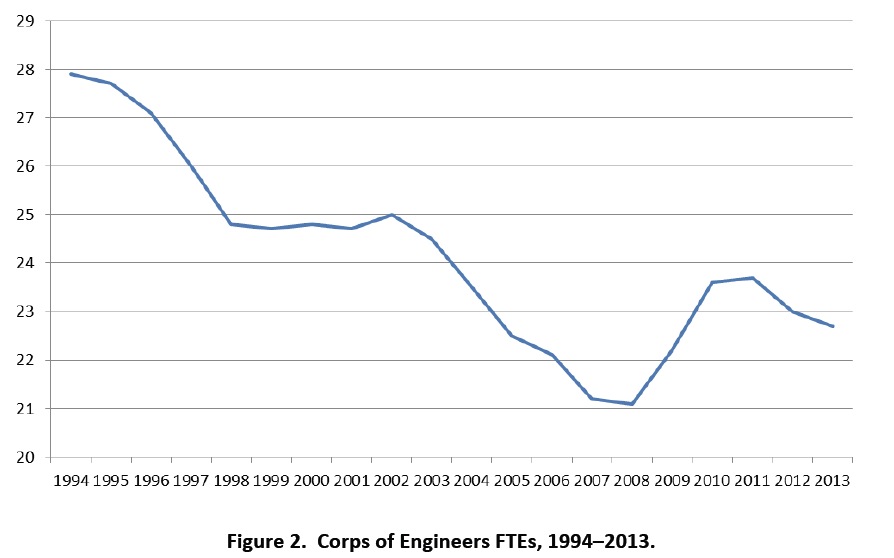
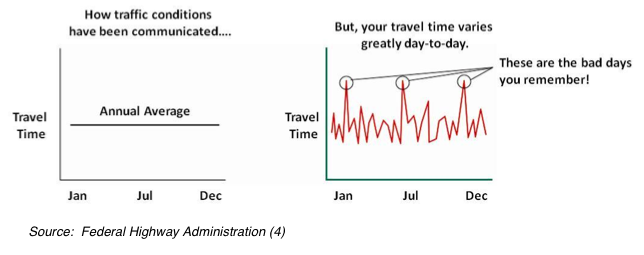
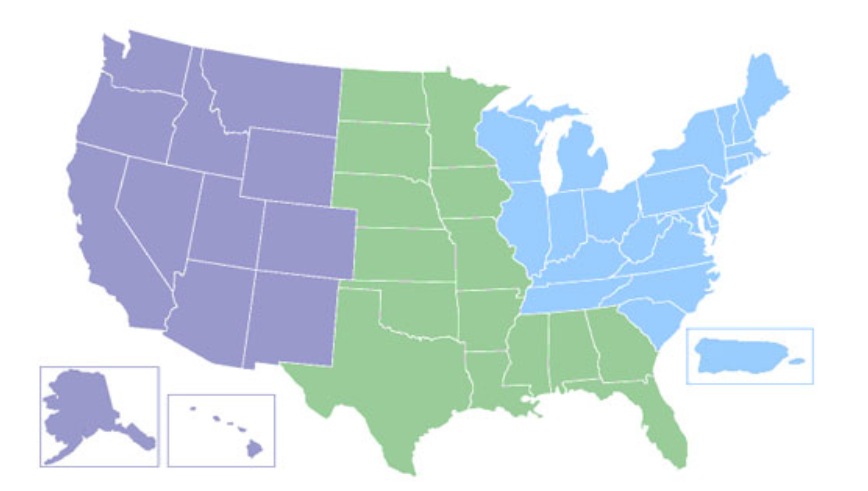
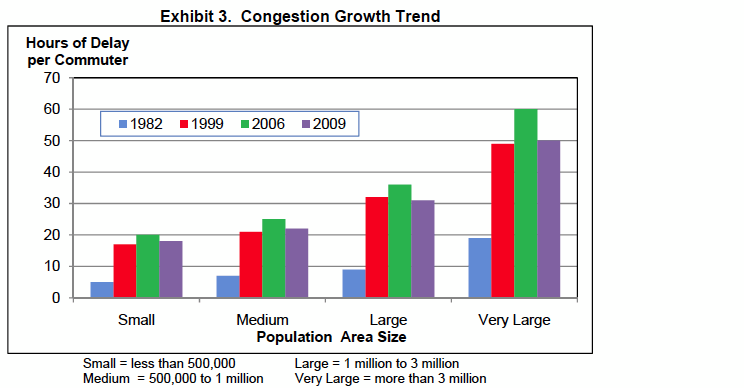


 RSS Feed
RSS Feed